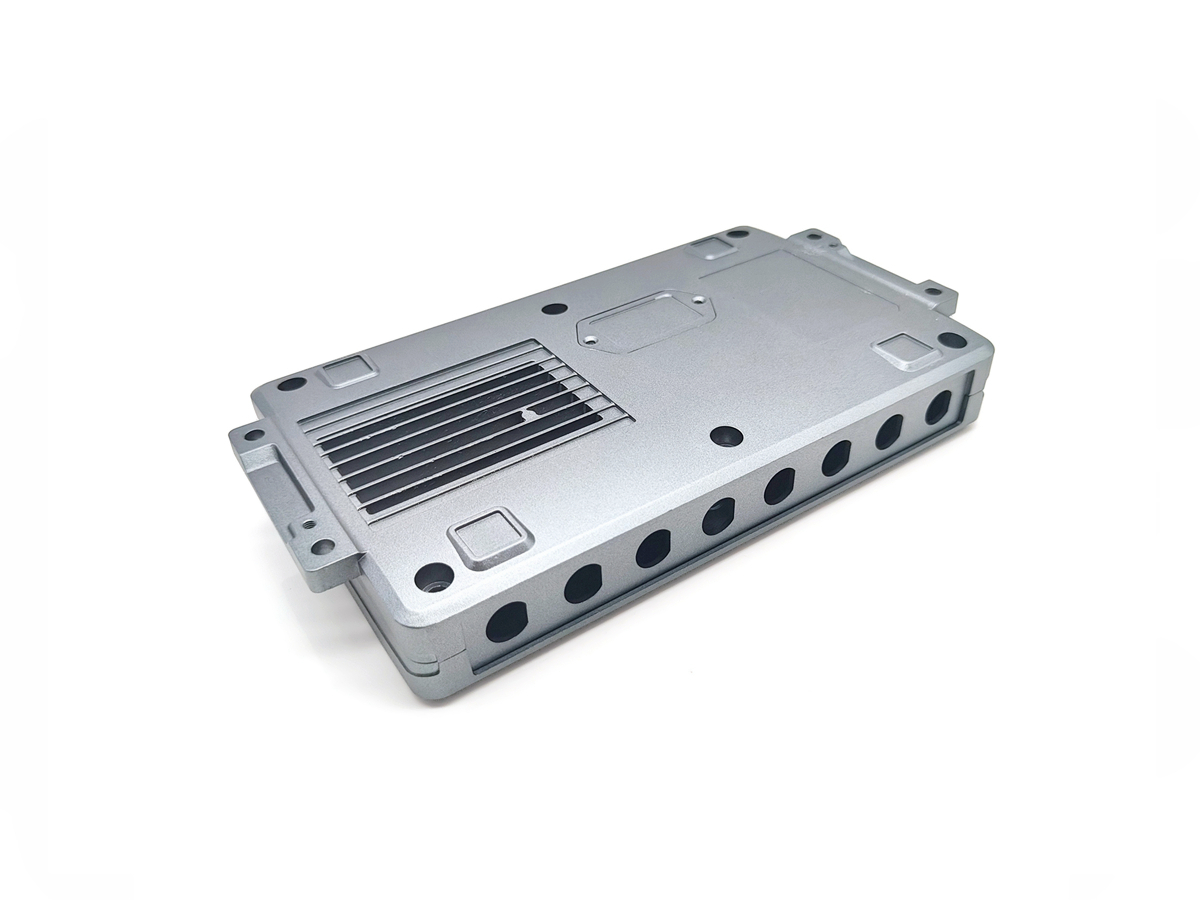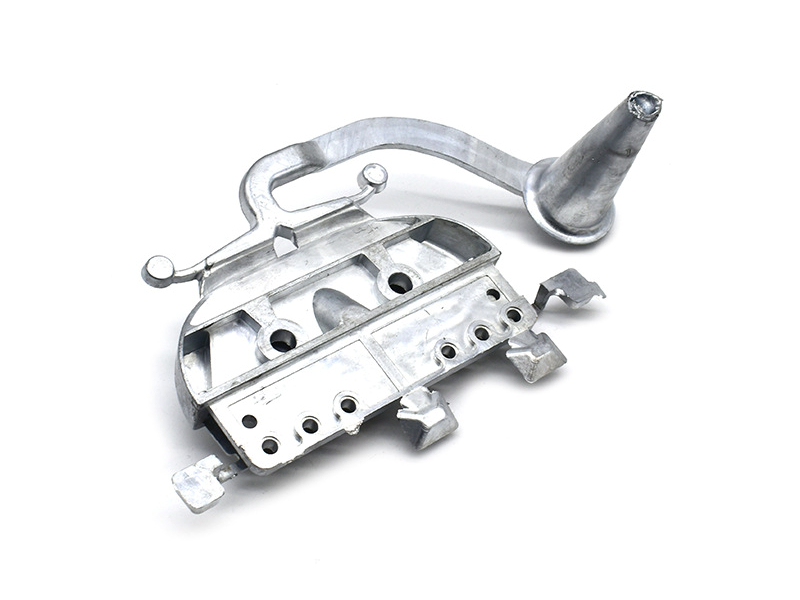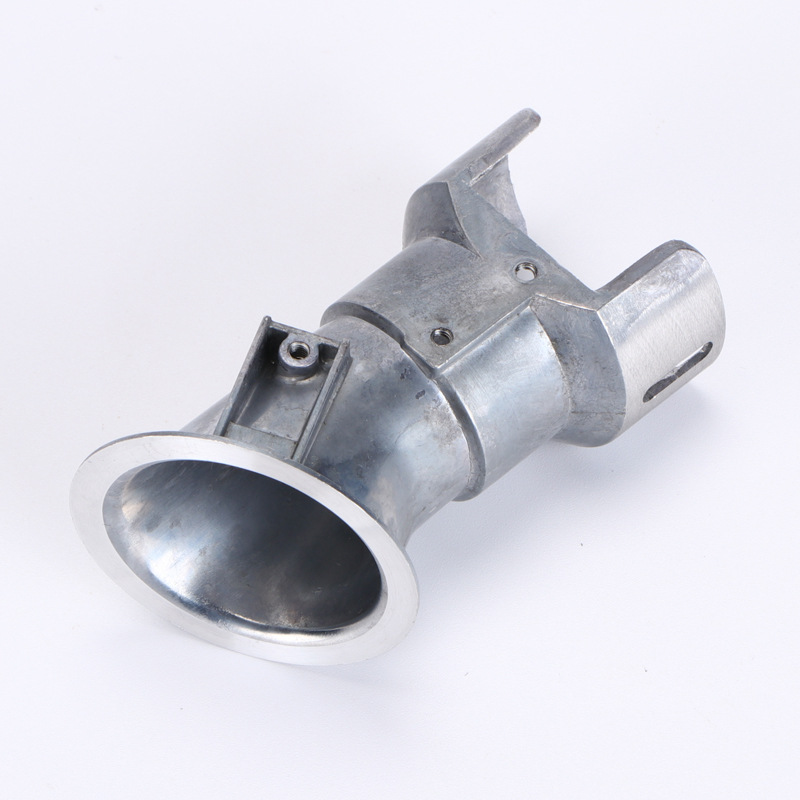Zamak 12
Zamak 12 is a high-performance zinc alloy known for its excellent mechanical properties, high strength, and excellent dimensional stability. It is a highly versatile alloy widely used in die casting for automotive, industrial, and electronic applications, where both performance and precision are required. Zamak 12 is particularly valued for maintaining structural integrity even in high-stress, high-temperature environments.
At Neway, we offer specialized Zamak 12 die casting services, ensuring your components' highest quality and precision, supported by advanced CNC machining, tooling, and surface finishing capabilities.
Description
Zamak 12 is a high-strength zinc alloy offering superior mechanical properties, excellent dimensional stability, and good corrosion resistance, making it ideal for precision die casting in high-performance applications.
Key Characteristics of Zamak 12
Zamak 12 is a zinc-aluminum alloy with small amounts of copper and magnesium. It is known for its enhanced strength, which makes it suitable for applications requiring both durability and precision. Zamak 12 is characterized by its excellent dimensional stability, which makes it ideal for parts that require tight tolerances.
Property | Value (Typical, As-Cast) |
|---|---|
Density | 6.8 g/cm³ |
Ultimate Tensile Strength | ~390 MPa (56,550 psi) |
Yield Strength | ~250 MPa (36,250 psi) |
Elongation at Break | ~1.5% |
Thermal Conductivity | ~100 W/m·K |
Coefficient of Thermal Expansion | ~22.5 µm/m·°C |
Brinell Hardness | ~90 HB |
Corrosion Resistance | Excellent (better than Zamak 3 and Zamak 5) |
Zamak 12’s superior mechanical properties make it an excellent choice for high-performance applications in industries requiring strength, precision, and durability.
Chemical Composition of Zamak 12
Element | Composition (wt%) |
|---|---|
Zinc (Zn) | 94.5–96.5% |
Aluminum (Al) | 3.5–4.0% |
Copper (Cu) | 0.5–1.0% |
Magnesium (Mg) | ≤ 0.06% |
The increased copper content in Zamak 12 provides enhanced strength and resistance to wear, while the aluminum content improves the alloy’s casting fluidity.
Mechanical Properties of Zamak 12 Zinc Alloy
Zamak 12 offers excellent mechanical performance, making it suitable for parts that must withstand mechanical and environmental stress.
Property | Value (As-Cast) |
|---|---|
Ultimate Tensile Strength | ~390 MPa (56,550 psi) |
Yield Strength (0.2% offset) | ~250 MPa (36,250 psi) |
Elongation at Break | ~1.5% |
Fatigue Strength (10⁸ cycles) | ~150 MPa (21,750 psi) |
Modulus of Elasticity | ~70 GPa |
Brinell Hardness | ~90 HB |
Zamak 12’s strength, dimensional stability, and fatigue resistance make it an ideal choice for parts exposed to high stresses and environmental factors over time.
Benefits of Using Zamak 12 in Die Casting
Enhanced Strength: Zamak 12 provides superior strength to Zamak 3 and Zamak 5, making it suitable for more demanding applications.
Good Dimensional Stability: Zamak 12 retains its shape and size during cooling, making it ideal for precision die casting with tight tolerances.
Superior Corrosion Resistance: Zamak 12 offers better protection against corrosion than other zinc alloys, making it suitable for outdoor and marine applications.
Excellent Casting Fluidity: Zamak 12 is ideal for producing parts with complex geometries and thin walls, ensuring excellent mold filling and high-quality parts.
Thermal Stability: Zamak 12 performs well at moderate to high temperatures, maintaining its strength and stability in heat-exposed environments.
Typical Applications of Zamak 12 Die Cast Parts
Zamak 12’s excellent strength and dimensional stability make it ideal for use in high-performance, high-precision applications. Common uses include:
Automotive: Engine components, transmission parts, and structural brackets
Industrial Equipment: Pumps, valves, and high-stress machinery components
Electronics: Electrical housings, connectors, and heat sinks
Aerospace: Precision mechanical parts, actuators, and housings for electronic systems
Marine: Seawater-resistant fittings, valve bodies, and pump casings
Zamak 12’s ability to combine strength, precision, and corrosion resistance makes it suitable for critical applications where long-term performance is essential.
CNC Machining Considerations for Zamak 12
Zamak 12 offers excellent machinability, allowing for high-precision parts that meet tight tolerances. However, the higher copper content may increase tool wear, so proper tooling is essential.
Machining Recommendations:
Tooling: Use carbide or TiAlN-coated carbide tools to mitigate wear due to the copper content.
Cutting Speed: Milling: 250–500 m/min; drilling: 100–150 m/min
Feed Rate: 0.05–0.15 mm/rev, depending on the tool and feature complexity
Coolants: Water-based or synthetic coolants are recommended to optimize tool life and maintain surface integrity.
Surface Finish: Achievable Ra ≤ 1.6 µm, suitable for both functional and aesthetic surfaces.
Tolerance: ±0.03 mm achievable for critical features.
Neway’s CNC machining services ensure high-precision results, meeting the tightest tolerances and delivering smooth surface finishes.
Surface Treatments for Zamak 12 Parts
Zamak 12 can be subjected to several surface treatments to further enhance its corrosion resistance, wear resistance, and appearance:
Anodizing: Increases corrosion resistance and provides a decorative finish.
Powder Coating: Adds a layer of protection and color, ideal for parts exposed to harsh environmental conditions.
Painting: Provides UV and chemical resistance for exterior parts.
Tumbling: Used to deburr parts and improve surface finish before coating.
All treatments are carefully tested to ensure that they meet industry standards for corrosion resistance, adhesion, and durability.
Why Choose Neway for Zamak 12 Die Casting?
Neway offers comprehensive Zamak 12 die casting solutions, from design for manufacturability to high-volume production and precision machining. We ensure that every part we produce has the strength, durability, and precision required for demanding applications.
FAQs:
How does Zamak 12 compare to other Zamak alloys regarding mechanical strength and corrosion resistance?
Can Zamak 12 be anodized or powder-coated effectively?
What are the primary industries that use Zamak 12 for die casting?
How does Zamak 12 perform in high-temperature environments?
What machining techniques are most effective for Zamak 12 parts?



